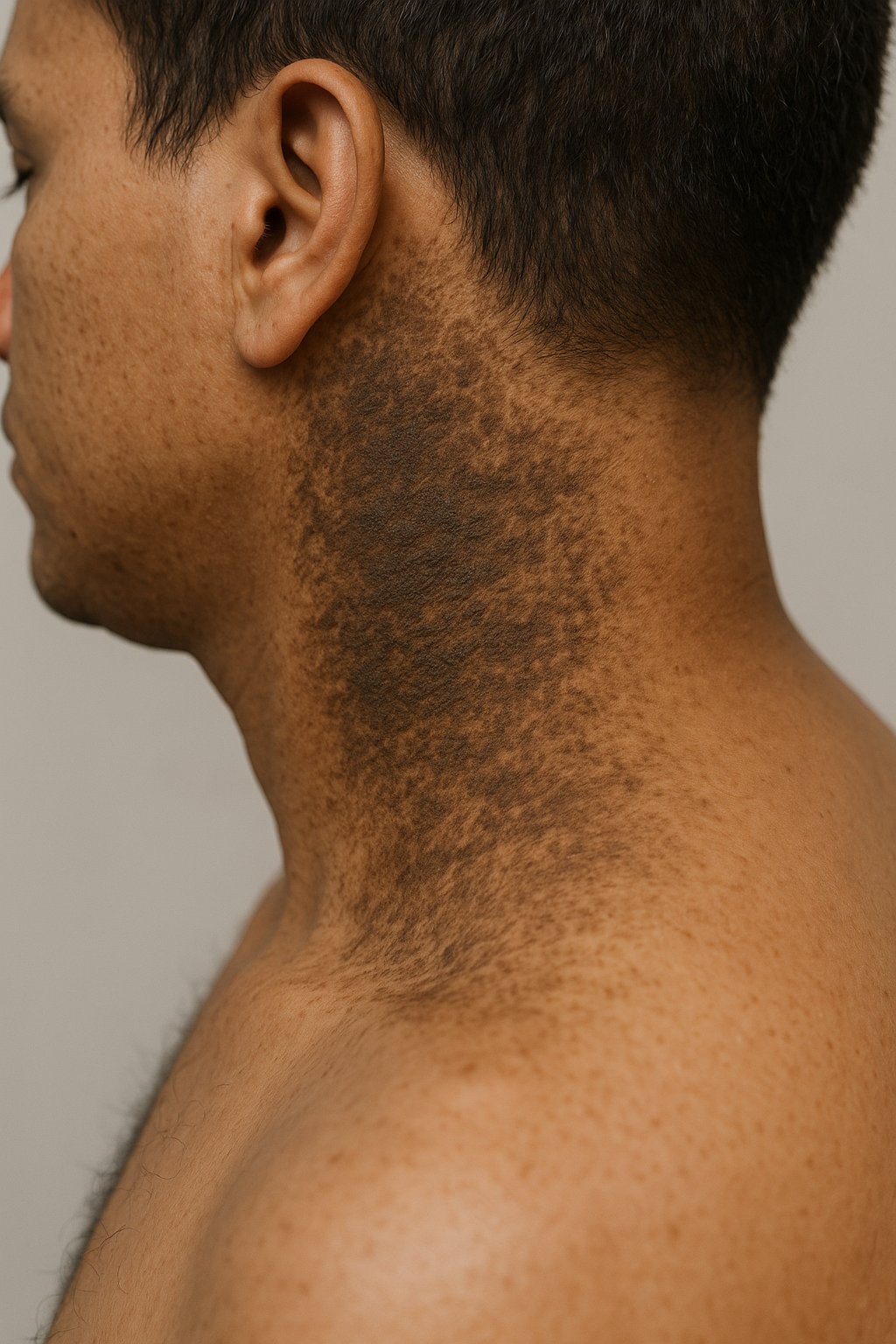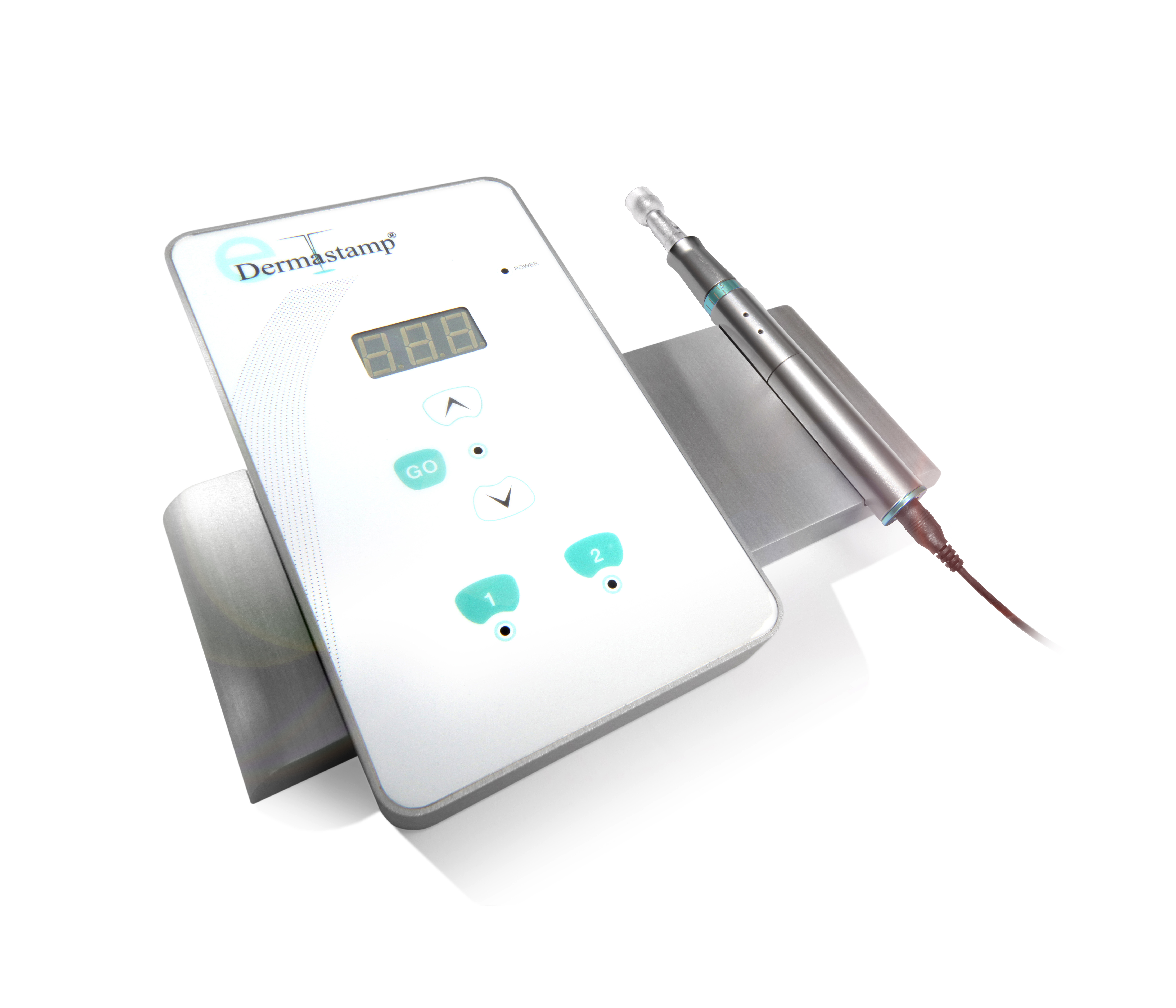A topical steroid is a type of anti-inflammatory medication used to treat eczema/dermatitis and various other skin conditions. These steroids are available in several forms, including creams, ointments, solutions, and other vehicles. They are also known as topical corticosteroids, glucocorticosteroids, and cortisone. Topical steroids impact skin cells through several mechanisms: they are anti-inflammatory, immunosuppressive, anti-proliferative, and vasoconstrictive.
The effectiveness of a topical steroid is influenced by the specific molecule used, the formulation, and how much of it penetrates the skin, which typically ranges from 0.25% to 3%. Diluting a topical steroid generally does not reduce its potency or diminish the risk of side effects. Moreover, applying a topical steroid more than once daily does not usually confer additional benefits after the first few applications.
The rate at which a topical steroid is absorbed varies with the thickness of the skin. Areas with thin skin such as the eyelids, genitals, and skin creases absorb the most, and using a potent topical steroid in these areas should be avoided. Conversely, areas with thick skin like the palms and soles absorb the least, making mild topical steroids less effective here. The formulation of the topical steroid and occlusive dressings can significantly enhance absorption.
Topical steroids come in various formulations to suit different types of skin lesions and their locations. Creams and lotions are widely used for general purposes. Ointments are particularly good for dry, non-hairy skin as they do not need preservatives, which reduces the risk of irritation and contact allergies. However, ointments are occlusive and may increase the risk of folliculitis and miliaria. Gels or solutions are suitable for hairy areas of skin and have a drying effect, although they may sting on inflamed skin. Steroid-impregnated tapes are another option; these are self-adhesive tapes containing corticosteroids, such as fludroxycortide, integrated into the adhesive, although availability varies by country.
It is generally recommended to use the weakest effective steroid to manage skin conditions. Occasionally, a more potent steroid may be necessary for a short period to ensure the skin condition is fully treated. Topical steroids are sometimes combined with other active ingredients like antibacterial or antifungal agents, or calcipotriol. These combination treatments should be used sparingly to avoid antimicrobial resistance.
Topical corticosteroids (TCS) have been available in Canada since 1954 and can be obtained either over the counter or by prescription. They come in a variety of forms including creams, gels, lotions, ointments, shampoos, solutions, and sprays. Some of the TCS formulations that are currently approved for use in Canada are amcinonide, betamethasone, clobetasol, clobetasone, desonide, desoximetasone, flumethasone, fluocinolone, fluocinonide, halobetasol, hydrocortisone, mometasone, prednicarbate, and triamcinolone. These topical corticosteroids are classified into different levels of potency ranging from low to ultra-high and are grouped into classes from I to VII, depending on the specific corticosteroid molecule used, its concentration, and the type of formulation.
Side effects from topical steroids are uncommon when used correctly under medical supervision. However, misdiagnoses can occur, where the topical steroid is blamed for symptoms that are actually due to an underlying condition. Serious side effects like Cushing syndrome from internal absorption are rare but can occur with long-term use of large amounts of topical steroids. More commonly reported side effects from prolonged use of potent topical steroids include skin thinning, stretch marks, easy bruising, enlarged blood vessels, and increased hair growth.
Topical steroids can also mask or aggravate skin infections and may lead to conditions like periorificial dermatitis, steroid rosacea, or symptoms of topical corticosteroid withdrawal. Initial applications may cause stinging, especially on inflamed or broken skin. Contact allergy to steroid molecules, preservatives, or the vehicle is rare.
Special caution is advised when using topical steroids on the eyelid skin, as it can lead to dermatitis and potentially more serious conditions like glaucoma or cataracts with prolonged use. In pregnancy, mild to moderate-potency topical steroids are generally safe, but potent and ultrapotent steroids should be used with caution.
Topical steroids are typically applied once daily, usually at night, for a period ranging from a few days to several weeks. After the initial treatment phase, the application is often stopped or the potency or frequency is reduced. Emollients may be used alongside topical steroids to alleviate dryness or act as a barrier. If infection is present, additional treatment may be necessary.
The “fingertip unit” is used to measure the amount of topical steroid to apply, which varies based on the individual’s age, sex, and the body part being treated. For example, one fingertip unit covers one hand, three units cover an arm, and about 40 units are required for an entire adult body.



